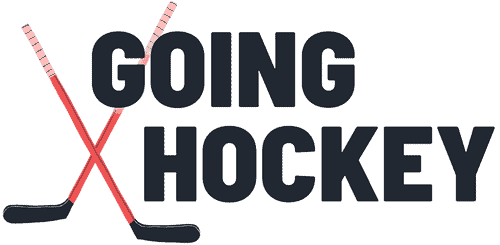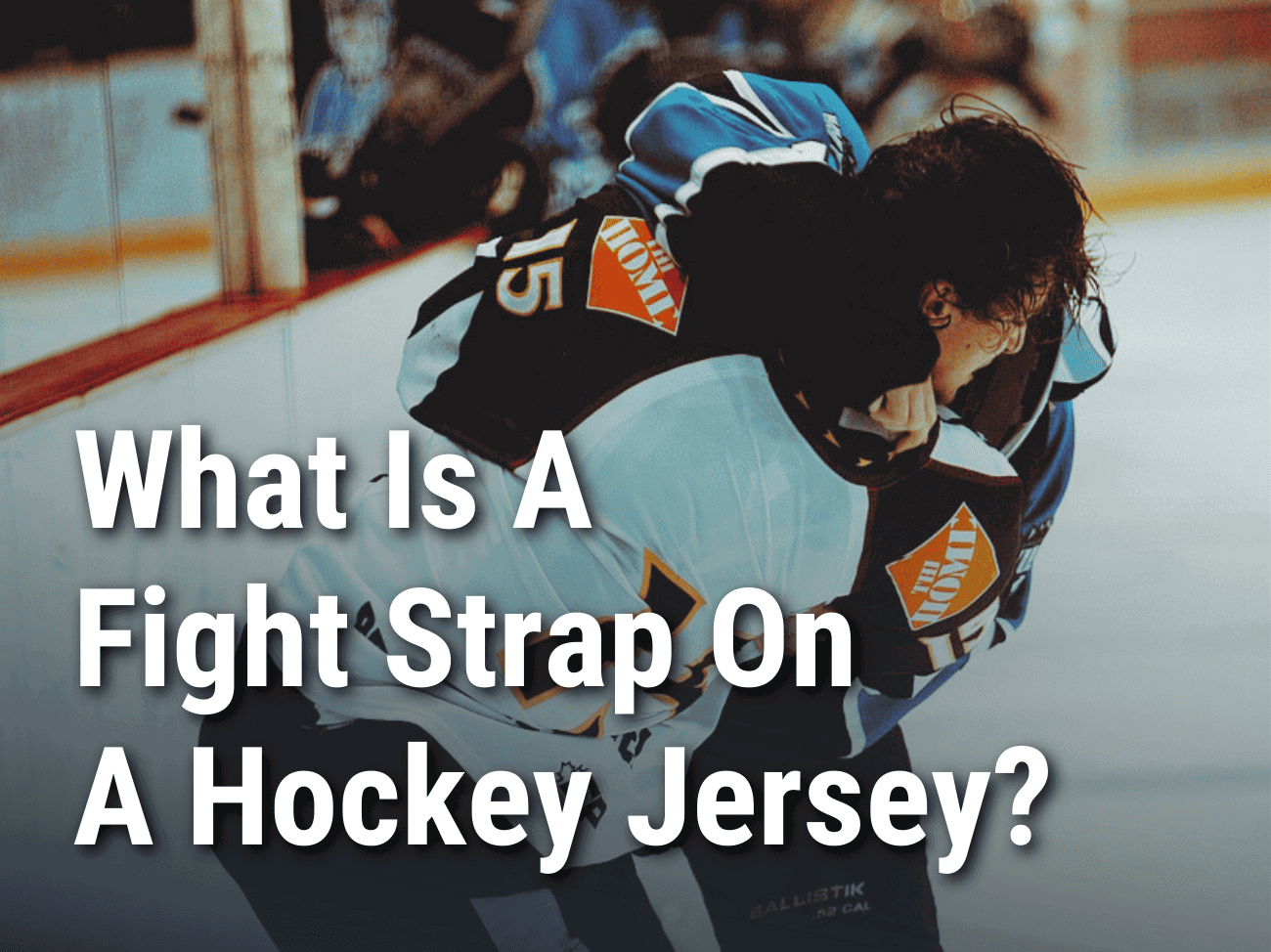Hockey, known for its fast-paced action and physicality, is a sport that captivates fans around the world. The game’s intensity is often accompanied by moments of confrontation and occasional fisticuffs between players. While the sport encourages fair play and skillful maneuvers, it also acknowledges the reality that conflicts can arise on the ice. To maintain player safety and the integrity of the game, a crucial component comes into play: the fight strap.
What is a fight strap on a hockey jersey?
A fight strap is a cloth strap attached to the inner, lower-back area of a hockey jersey. The strap connects the back of the jersey to the tongue of the hockey pants and is designed to keep the jersey from being pulled overhead in a fight.
NHL jerseys also now come with one hidden feature.
What Is A Fight Strap On A Hockey Jersey
A fight strap is a feature found on hockey jerseys, specifically those worn by players in professional leagues. It is a specialized strap designed to prevent a player’s jersey from being easily pulled over their head during a fight or altercation on the ice.
The fight strap is located on the inside of the hockey jersey, towards the lower-back region. It is usually a reinforced strap that attaches the back of the jersey to the player’s hockey pants or shorts. The strap is typically made of durable materials like nylon or elastic, and it is securely sewn into the jersey.

The purpose of the fight strap is to ensure that a player’s jersey remains properly secured to their body during a fight. This serves two main functions:
- Player Safety: By preventing the jersey from being easily removed or pulled over a player’s head, the fight strap reduces the risk of injury during a fight. It helps to keep the jersey in place, providing some protection to the player’s upper body and preventing potential choking hazards.
- League Regulations: Most professional hockey leagues have rules in place that require players to have their jerseys properly fastened and secured during games. The fight strap helps enforce this rule and ensures that players cannot easily remove or discard their jerseys during altercations.
If a player’s jersey does not have a fight strap or if the strap becomes detached or broken during a game, it is usually required for the player to leave the ice and have the issue resolved before returning to play. This is done to maintain the integrity of the game and adhere to league regulations.
When Did Fight Straps Become Mandatory?
Fighting straps were introduced in the 1997-1998 NHL season. However, it is unknown how long it took for fight straps to be adopted by all players. It is likely that many players got away with not using them, or not fastening them during play.
What Is A Fight Strap Penalty In The NHL?
The official rules regarding fight straps in the NHL are outlined under 64.13 of the Official NHL Rule Book. They are as follows:
Jerseys – Official NHL Rule Book – Rule 64.13
A player who deliberately removes his jersey prior to participating in an altercation or who is clearly wearing a jersey that has been modified and does not conform to Rule 9 (Uniforms), shall be assessed:
- Minor penalty for unsportsmanlike conduct (2 min)
- Game misconduct (ejection)
This is in addition to other penalties to be assessed to the participants of an altercation.
If the altercation never materializes, the player would receive:
- Minor penalty for unsportsmanlike conduct (2 min)
- Ten-minute misconduct for deliberately removing his jersey (10 min)

A player who engages in a fight and whose jersey is removed (completely off his torso), other than through the actions of his opponent in the altercation or through the actions of the Linesman, shall be assessed:
- Game misconduct penalty (ejection)
A player who engages in a fight and whose jersey is not properly “tied-down” (jersey properly fastened to pants), and who loses his jersey (completely off his torso) in that altercation, shall receive:
- Game misconduct penalty (ejection)
If the player loses his jersey despite the tie down remaining intact and attached to the pants, the game misconduct is not applicable, however, this must be reported to the League office so that the jersey and the tie down can be examined.
A player who is involved in an altercation, when the opponent has been identified as an instigator, shall not be assessed a game misconduct penalty if his jersey should be removed by an opponent or an official in the discharge of his duties, regardless as to whether or not he was properly “tied-down” (jersey properly fastened to pants).
NHL Jerseys Have Hidden Data Chips
Starting in the 2022-2023 NHL season, all NHL jerseys have included a hidden tracking chip. The chip is located on the backside of the jersey, above and to the right of the player’s last name. The data tracking technology has been in development for years – as far back as the 2015 ALL-Star Game – but was finally implemented league-wide in the 2022 season.
The NHL has branded the data-tracking technology as “NHL Edge.”

The NHL hopes to use the real-time stats and analytics provided by the data chips to enhance the viewing experience for fans. The tracking allows players’ names to be displayed on the screen, as well as the location of the puck to be pinpointed, to help fans keep track of everything.
The data being collected is also unlike any data that has come before it. The tracking chips on jerseys, in conjunction with the tracking chip now included in hockey pucks, can be used to create an exact simulation of every hockey game played. New stats will become available such as:
- Average skating speed
- Average shot power
- Line chemistry indexes
- etc.
NHL Jersey Tuck Rule?
There is no rule in the Official NHL Rule Book that states that a player cannot tuck their jersey in. However, the Rule Book does state that “all protective equipment, except gloves, headgear, and goalkeepers’ leg pads must be worn under the uniform.”
It is unclear whether the tongue of the hockey pants counts as “protective equipment” that must be covered.

However, even if the hockey pants are deemed to be “protective equipment that must be worn under the uniform”, it is often not possible to stop a jersey from tucking in – at least in the back. This can be seen with many current and former NHL players, such as:
- Connor McDavid
- Evgeni Malkin
- Wayne Simmonds
- Daniel Sprong


Leave a Reply